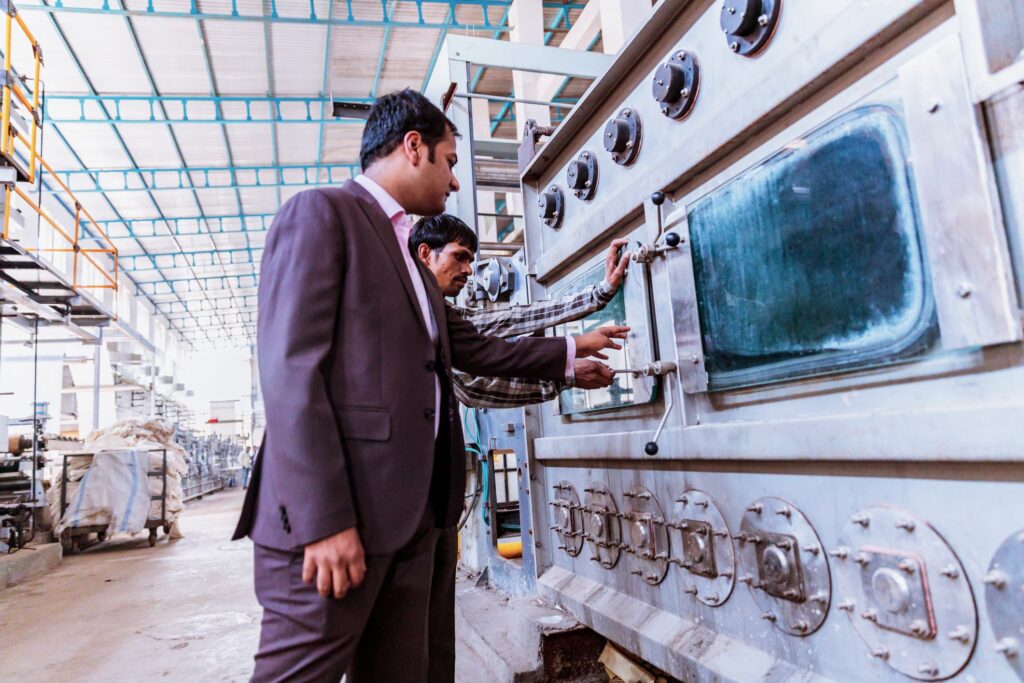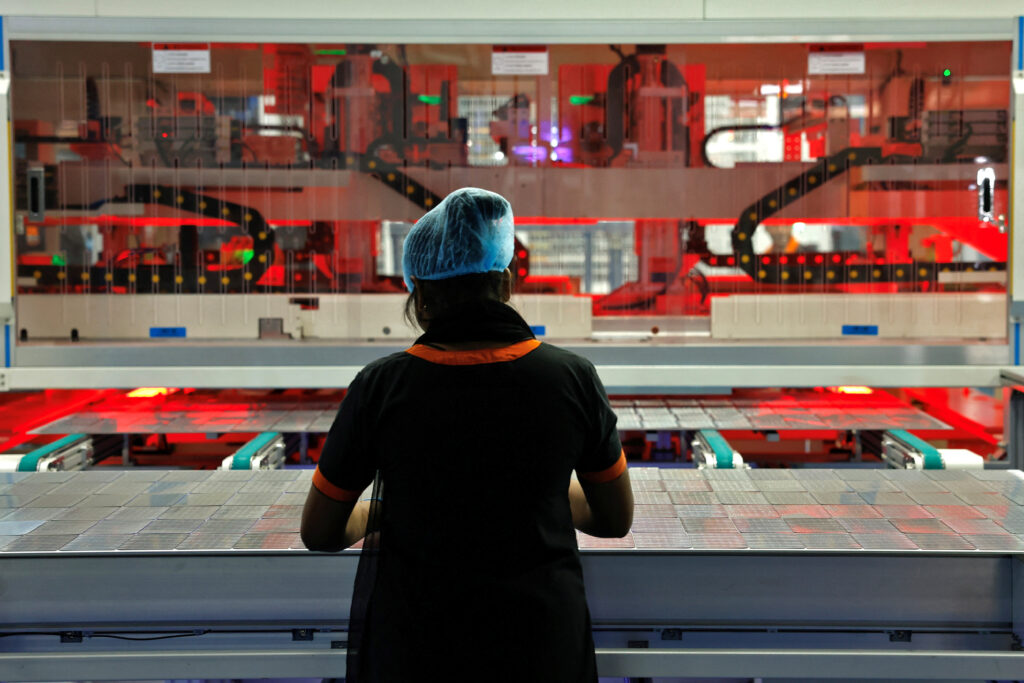India is rapidly emerging as a more attractive destination for global manufacturing investment, driven by policy reforms, regional integration, and a strategic response to shifting global trade dynamics, according to a new study from S&P Global Ratings.
Transformative Perspectives, outlines how the country’s manufacturing sector is well-positioned to benefit from evolving trade policies, geopolitical realignments, and a global push to diversify supply chains. S&P Global highlights India’s increasing appeal to international investors and its growing manufacturing competitiveness as long-term advantages in a turbulent trade environment.
“As countries navigate trade tensions and adapt to new tariff structures, India has a unique opportunity to position itself as a resilient manufacturing partner,” the study notes.
It points to India’s moderate reliance on external trade as a relative strength, allowing it to better absorb global economic shocks while remaining adaptable to change.
However, the report also warns that India is not immune to the effects of rising trade protectionism. To stay ahead, the country must continue building domestic manufacturing capacity and reinforcing its role within global supply chains.
One of the key strategies for India’s manufacturing sector, according to S&P, lies in enhancing local sourcing and strengthening regional integration. This shift could significantly improve supply chain resilience, reduce dependency on imports, and bring manufacturing operations closer to key markets.
“By investing in local production capabilities and regional networks, India can accelerate its technological development, create high-value manufacturing jobs, and improve its competitiveness on the global stage,” the report states.
Though manufacturing currently accounts for just 17.2% of India’s real GDP, the government has launched several targeted initiatives to invigorate the sector. Programs like ‘Make in India’ and Production Linked Incentives (PLIs) have aimed to attract foreign investment, encourage innovation, and develop infrastructure to support industrial expansion.

These efforts, coupled with shifting global trade priorities, could catalyse a new era of industrial growth in India, particularly as companies worldwide seek alternatives to over-concentrated manufacturing hubs.
S&P Global concludes that while challenges remain, India is charting a strategic path forward. By capitalizing on current momentum, aligning with emerging trade flows, and continuing policy-driven reforms, the country is poised to strengthen its footprint as a key global manufacturing player.
As global supply chains diversify and trade policies evolve, all eyes will be on how effectively India turns this potential into long-term, sustainable industrial growth.



